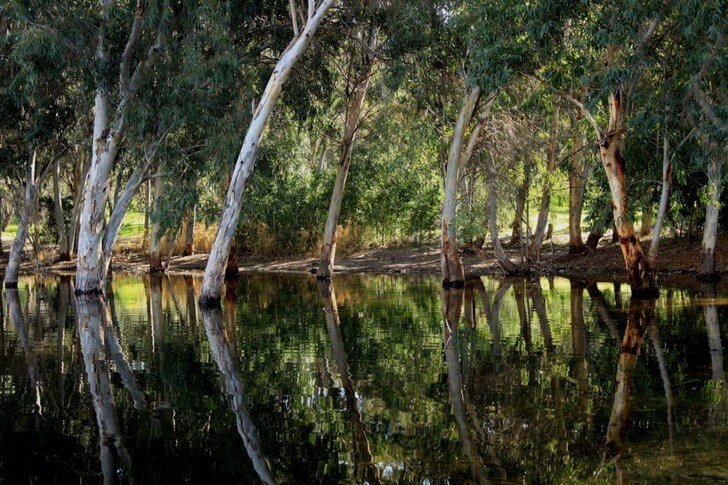The capital of Cyprus is divided by a conditional buffer zone and belongs to two states. On the one hand - the Republic of Cyprus, where mostly ethical Greeks live, on the other - Northern Cyprus, inhabited mostly by Turks. Ancient history and the fusion of two cultures have created the current face of Nicosia.
The architecture of the city took shape during the era of Ottoman rule. Then some Christian churches became mosques, and defensive structures, like the Venetian fortress walls, lost their former functions. To see the local color and contrast, you should go to the pedestrian street called Ledra. And the history of the island is reflected in museum collections. Nicosia took time to return its valuables, taken to the mainland, but now they are in their rightful place and are available for inspection by tourists.
What to see and where to go in Nicosia?
The most interesting and beautiful places for walking. Photos and a short description.
- Archbishop's Palace
- Ledra Street
- Shacolas Tower Observation Deck
- Buyuk Khan (Northern Nicosia)
- Selimiye Mosque (Northern Nicosia)
- Gallery of A. G. Leventis
- Municipal Museum Leventis
- Cyprus Archaeological Museum
- Byzantine Museum
- Classic Motorcycle Museum
- Cyprus Automobile Museum (North Nicosia)
- House of Hadjigeorgakis Kornesios
- Church of Our Lady of Faneromeni
- Church of the Archangel Michael Tripiotis
- Cathedral of St. John the Evangelist
- Venetian fortress walls
- Gate of Famagusta
- Kyrenia Gate (Northern Nicosia)
- Freedom Monument
- Athalassa National Park
Archbishop's Palace
The religious center of the Orthodox part of Cyprus. It was built several years before 1960 and was intended as a residence for the local higher clergy. Most of the palace is closed to the public. However, several museum collections and a library are now located on its territory, so you can be in close proximity. In front of the entrance there is a monument in honor of Archbishop Makarios III.
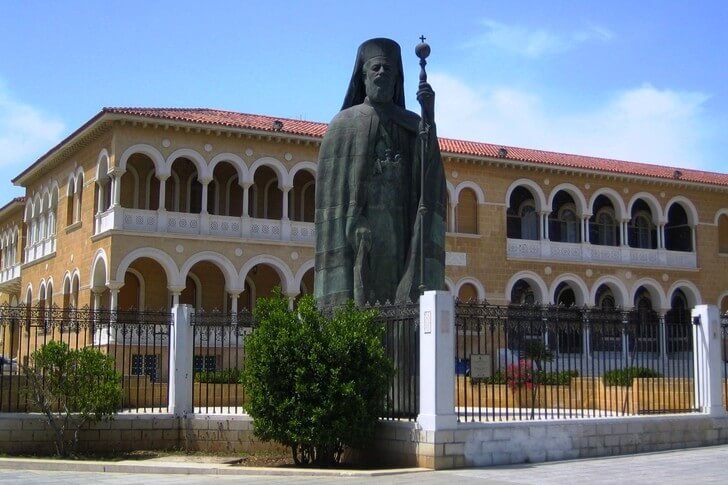
Ledra Street
The main shopping street of the island. The length is a little over a kilometer. Its peculiarity lies in belonging to the territory of two states at once: to the Republic of Cyprus and the Turkish Republic of Northern Cyprus. The name Ledra is a reference to the ancient city that was located here earlier. The street is pedestrian, on it, among the past, is the headquarters of peacekeepers who keep order in the buffer zone.
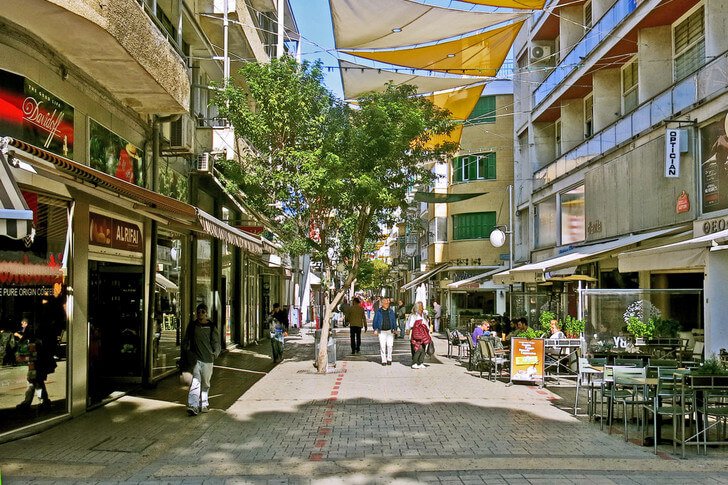
Shacolas Tower Observation Deck
Located at the top of the shopping and business center. Shacolas Tower is the tallest building in the Old City and third in Nicosia. It was built in 1990, and over two decades later it was reconstructed. The name was obtained by the name of the owner - a local billionaire. Access to the observation deck is open every day. There is an observatory museum nearby, which allows you to learn more about the city.

Buyuk Khan (Northern Nicosia)
The caravanserai was built in 1572. It resembles a small fortress and in the past served as an inn. 4 buildings of two floors each are connected in a square. The educated courtyard has its own mosque and a pool for ablutions. Since the second half of the 19th century, Buyuk Khan has been successively a prison, a homeless shelter and a museum. Now cafes, shops and a shadow theater are based here.

Selimiye Mosque (Northern Nicosia)
The Islamic religious site used to be the Orthodox Hagia Sophia. It was founded in the early years of the 13th century and converted into a mosque in 1570. Two minarets were built nearby, all decorations typical for temples were taken out of the premises, and the tombstones were covered with carpets. The name was received in honor of one of the Ottoman rulers. It was under the leadership of Selim II that the Turks captured the island.
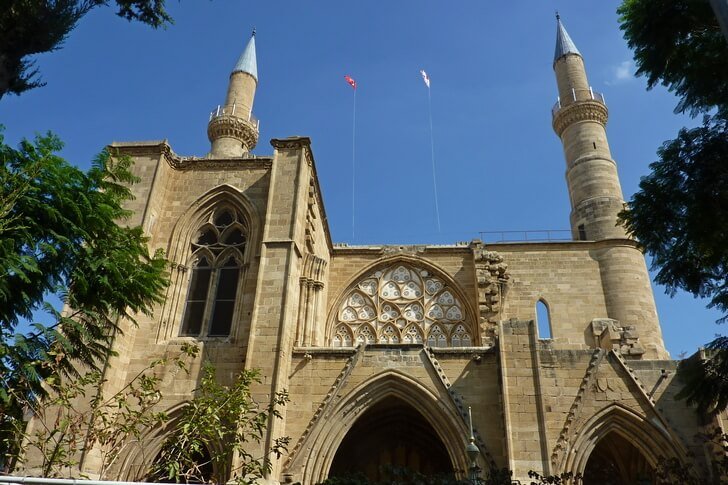
Gallery of A. G. Leventis
The first owner, after whom the gallery is named, conceived the project half a century ago. The fund created by Leventis was able to fully implement the initiative. Paintings, furniture and art objects are exhibited in the halls of the gallery. They cover 400 years of European history. The exposition is divided into 3 collections: Parisian, Greek and Cypriot. The gallery is closed for maintenance on Thursdays.
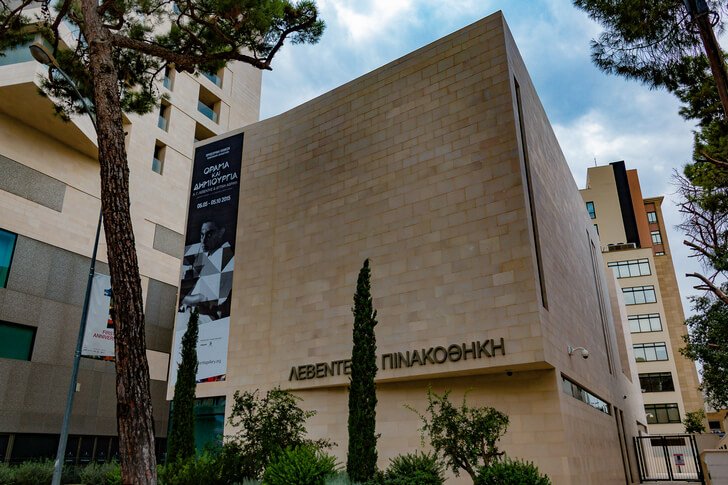
Municipal Museum Leventis
Works since 1989. The Laventis Foundation bought the derelict building and restored it. In the spacious halls, exhibits began to be collected that tell the history of the city and the whole of Cyprus. Already in our century, the collection has grown so much that additional areas have been allocated for its needs. Among the exhibits: books, clothes, weapons, household items, jewelry. The most ancient object of the museum dates back to the 4th millennium BC.
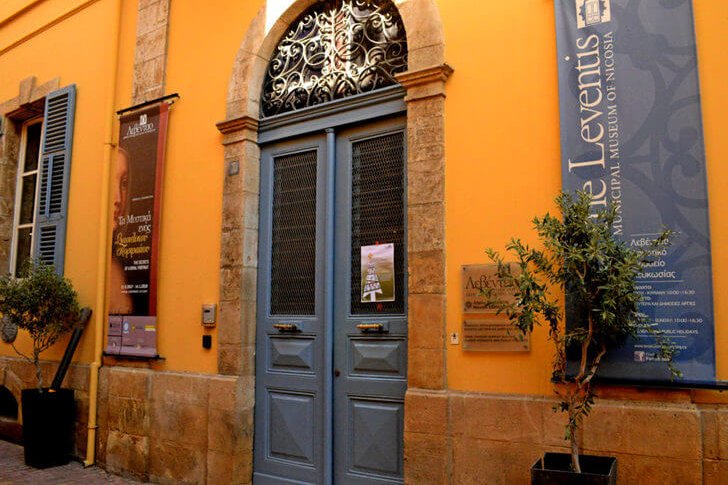
Cyprus Archaeological Museum
The oldest and largest museum on the island. It was founded in 1882 to prevent illegal excavations and looting of historical sites. Until that moment, the finds were sent to European museums. The collection received its own building in 1908. There she remains to this day. The main income to the funds came in the period up to 1931. Now the exhibitions are divided into 14 halls.

Byzantine Museum
It was opened under the patronage of the Archbishop Makarios III Foundation in 1982. At that time, the meeting was modest and occupied only a small hall. Subsequently, the authorities did an impressive job of returning the valuables taken to the mainland. The museum grew and acquired its current scale. Of particular importance is the collection of 230 icons. Among them there are samples dating back to the “golden age” of Byzantine iconography.
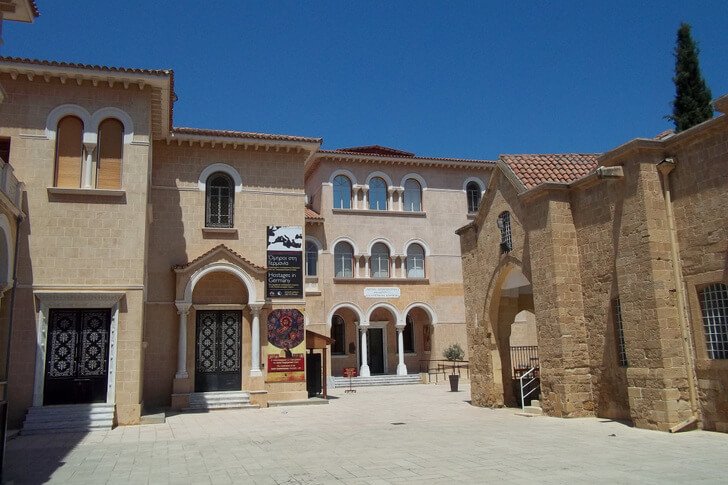
Classic Motorcycle Museum
Based on a private collection. Andreas Nicolaou opened wide public access to his collection in the 90s of the last century. The exposition consists of more than 150 motorcycle models. They are dated from 1914 to 1983. Each instance has its own story. The museum has a small cinema hall where films about motorcycles are played. There is a themed shop and café nearby.
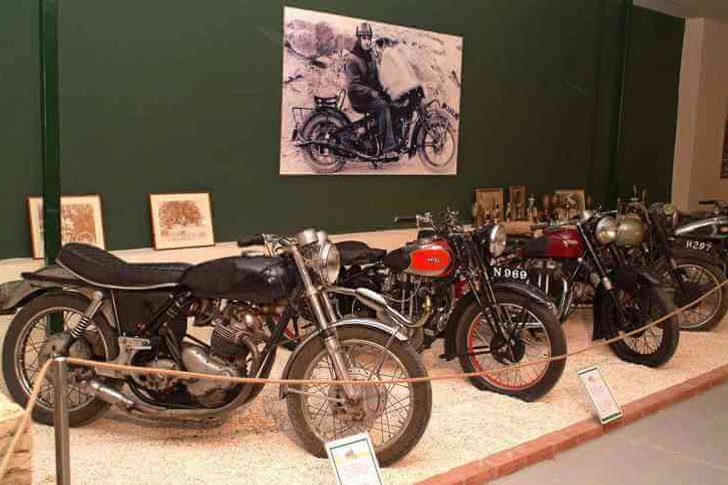
Cyprus Automobile Museum (North Nicosia)
The only car museum in Cyprus opened in 2014. It is based on the collection of Dimi Mavropoulos, the rally champion. The territory of more than 1000 m² is filled with collectible cars in perfect condition. A London double-decker bus, a retro ambulance, an armored Cadillac - there is nothing here. New cars are constantly appearing, and some are up for sale.
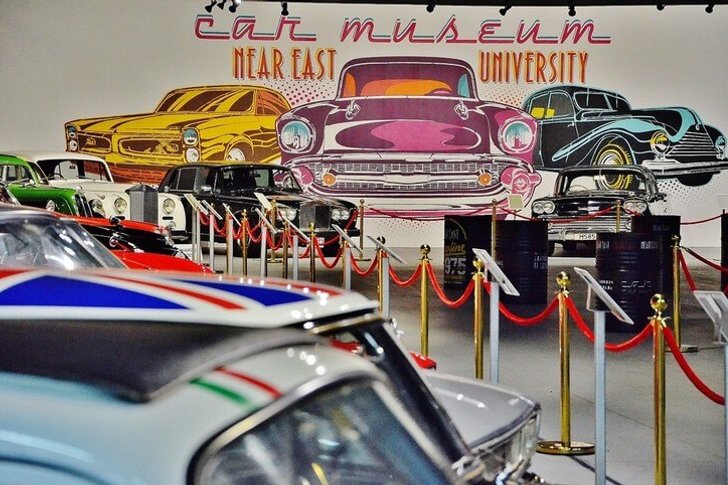
House of Hadjigeorgakis Kornesios
The first owner was a tax collector and one of the city's richest residents. By his order, the mansion was built at the end of the 18th century. Kornesios was executed, and his relatives handed over the house to Nicosia. The building currently houses a museum. The collection tells about the traditions and life of the reign on the island of the Ottoman Empire. Its feature is still operating Turkish baths.
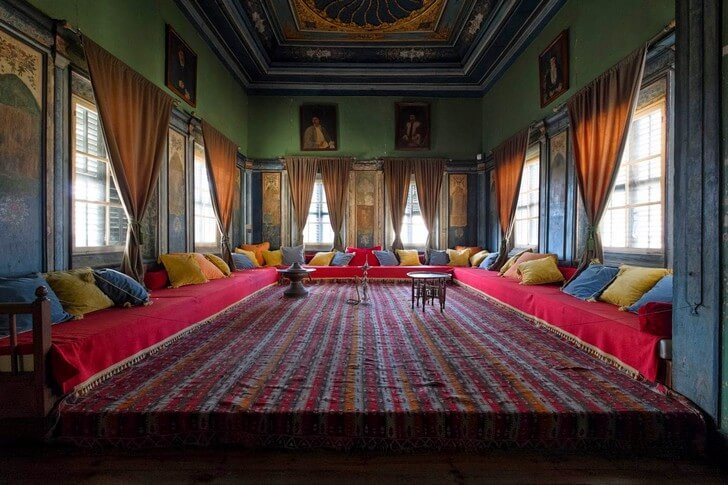
Church of Our Lady of Faneromeni
One of the largest Orthodox churches on the island. The exact date of construction is unknown, but the church appeared during the reign of the Lusignan dynasty. In the past it was part of a nunnery. During its history it has been repeatedly updated, and the current appearance is far from the initial one. The main value of the temple is the carved iconostasis, created in 1659. It depicts scenes from the Old Testament.
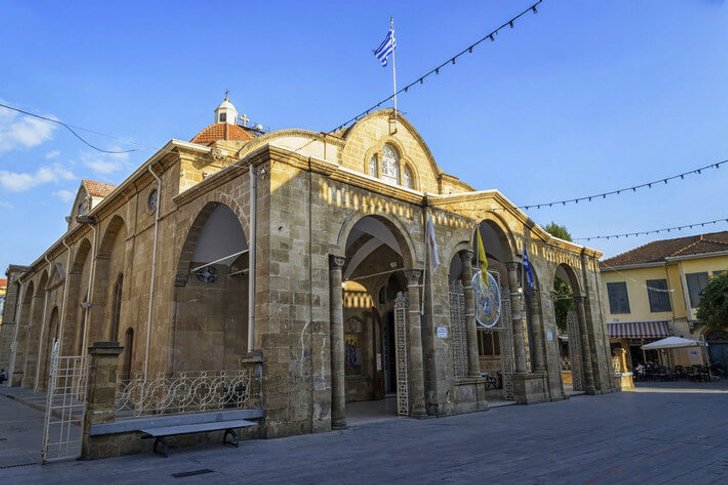
Church of the Archangel Michael Tripiotis
The foundation was laid in 1695. The construction was completed in record time in a few months. The decoration of the façade is not typical for religious objects: the bas-reliefs depict sea monsters, mermaids and lions. The most valuable icon was painted in the 15th century. The iconostasis was made in 1812. It is decorated with fine carving and gilding. The interior decoration is opulent and rich.

Cathedral of St. John the Evangelist
It has been located in the old town since the 17th century. The temple belonged to the Benedictine order. Now only a small building next to the ethnographic exposition reminds of this. The modest appearance of the cathedral is explained by the period of construction: then the Ottomans ruled the island. But the interior design is bright: the walls and vaults are covered with frescoes. Local shrines are revered by both Orthodox and Catholics.

Venetian fortress walls
Military engineers from Italy began remodeling the old city fortifications in 1567. Among other things, they left the riverbed in the outer radius. So the threat of flooding was removed and an additional barrier was created for the enemy. The walls turned out to be impressive, but the project could not be completed: the Ottomans took the city earlier. The perimeter is surrounded by 11 bastions. The length of the walls is about 5 km.

Gate of Famagusta
In the 16th century, the territory of Nicosia could be entered through one of the three gates. The largest of them is the Famagusta Gate. Initially, they were named after the architect Giulio, but the name did not stick. After the capture of the city by the Ottomans, Christians, including merchants, had the right to pass through the gate only on foot. The building is well preserved. A cultural center was opened in the building next to it.

Kyrenia Gate (Northern Nicosia)
Another entry into the old city. The construction was completed in 1562. The project was created according to the notes of Marco Polo and is a small copy of the gate in Beijing. Although they were called "governor's", they were used for the most part by peasants and merchants. The attraction has not been completely preserved: only the arch and the guardhouse have passed through the centuries. From the top platform offers a panoramic view of the surroundings.

Freedom Monument
Opened in 1973 and dedicated to an organization called EOKA. The installation of the monument split the society. Some consider the activities of the EOKA terrorist, others - liberation. The sculptural composition shows the scene of the release of the Cypriots from the English prison. Among the former captives are people of different ages and occupations, including young partisans and priests. There are flower beds nearby.

Athalassa National Park
A hundred years ago, the land where the national park is now located was considered infertile. In 1962, the territory was taken up in earnest, setting the goal of creating a green zone here. The emerging forest and thickets of shrubs were not ennobled until recently. Now the park has a network of walking areas, drinking water taps, sports grounds, and picnic areas. Hiking trails have been developed to get around the entire park in one go.
